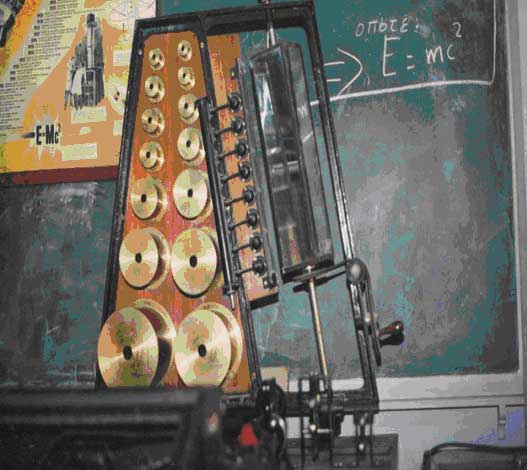On this ground, we agreed to bring multiple perspectives into our conceptualization of STEM and, in this way, aim for increased student engagement and initiative-taking for problem solving. Given that OLIVE itself is a collaboration-based project, the activities of the pedagogical team cannot but be consistent with the principle of working together. Therefore, in order to allow for student agency to emerge by calibrating upon a critical lens, our plan for Stem education relies on teamwork and combines individual with work in groups.
As technology-enhanced Stem education goes along with similar principles, we set out to think together in our regular pedagogical informal discussions.
Teaching STEM with technology
Technology-enhanced STEM education is a major goal in OLIVE and includes the use of real time and asynchronous (I.e., on demand) technologies for teaching. With this in mind, the focus of the discussion was on possible ways to integrate Moodle and Zoom in the teaching of a STEM-related phenomenon.
Moodle and zoom are two of the most popular platforms of our era. Their popularity, however, resides in quite distinct reasons that reflect wider societal phenomena. Moodle, for instance, offers a safe space for teachers to set up virtual classrooms, share materials and invite students to participate in discussions, upload their assignments, offer their feedback. It is open coded software and institutionally bound. While the use of Moodle serves on-demand pedagogical needs, Zoom is a real-time web-conferencing platform. While Moodle has been around for more than a decade, the popularity of Zoom spiked to serve the needs for remote teaching that the Covid-19 circumstances and restrictions generated.
So, we used a real-life pedagogical scenario to discuss practices on these two teaching environments.
You are planning to teach a Stem-related phenomenon to a class of year 3 students. As you will be using both Moodle and Zoom for virtual teaching and real-time sessions, think along these lines of a real-life pedagogical scenario: What practices and activities would encourage students to apply critical thinking on the phenomenon that will be taught? What should the students be able to do, as critical thinkers? What practices and activities would be a better fit for group work on Moodle? What practices and activities would be a better fit for breakout rooms?
A real-life pedagogical scenario
Supporting collaborative work for thinking critically
The most popular themes among the discussants were connected with environmental/climate change issues, such as volcanoes and how, for instance, extractivism impacts their action or in-action; plastics and recycling; and the COVID-19 phenomenon.
As practice has shown, there can be links between these two different types of online environments, as both can support critical thinking and collaborative work. However, this happens in different ways. For example, Moodle, with its on-demand built, can support the process of reflecting upon learning. By sharing textual, multimodal, audio-visual materials (e.g., articles etc.), the students have the opportunity to read and think deeper, then develop their ideas on a topic in written form, e.g., in learning diaries. When students read one another’s work, a space opens up for offering comments and suggestions for improvement. Peer assessment and peer learning becomes, in this way, possible.
On the other hand, real-time web-conferencing platforms (e.g., Zoom) encourage collaboration in live mode. Everyone can present there, in real-time. Having chosen an object (I.e., a topic, theme, phenomenon etc.) to examine, by analysing its different dimensions and trying to figure out possible answers to why and how questions. Live classes, therefore, can be opportunities for discussions through a critical lens and open up the space for students, not just read and listen, but offer opinions and contribute to the collective wisdom of the class with logical and clear argumentation.
Teaching Stem out-of-the-box means…
Critical thinkers will be able to:
- Take a stance toward different claims
- Read critically (e.g., articles)
- They can get there:
- By asking questions e.g., Covid-19 and its impact on health, economy etc.
- By recognizing naïve conceptions, truth, lies – e.g., what is true/not true about Covid-19 and vaccination

